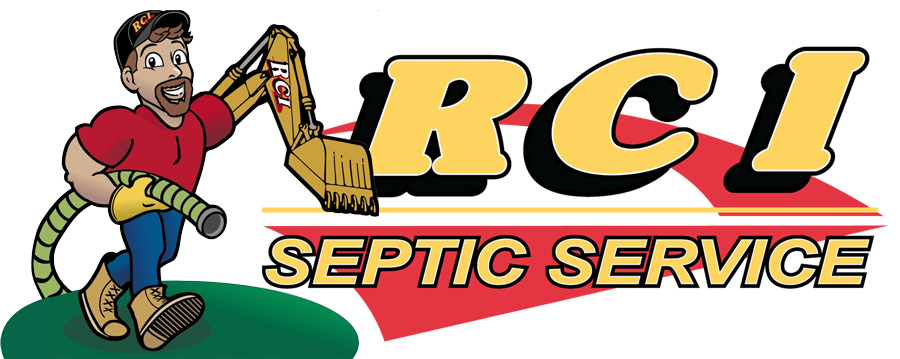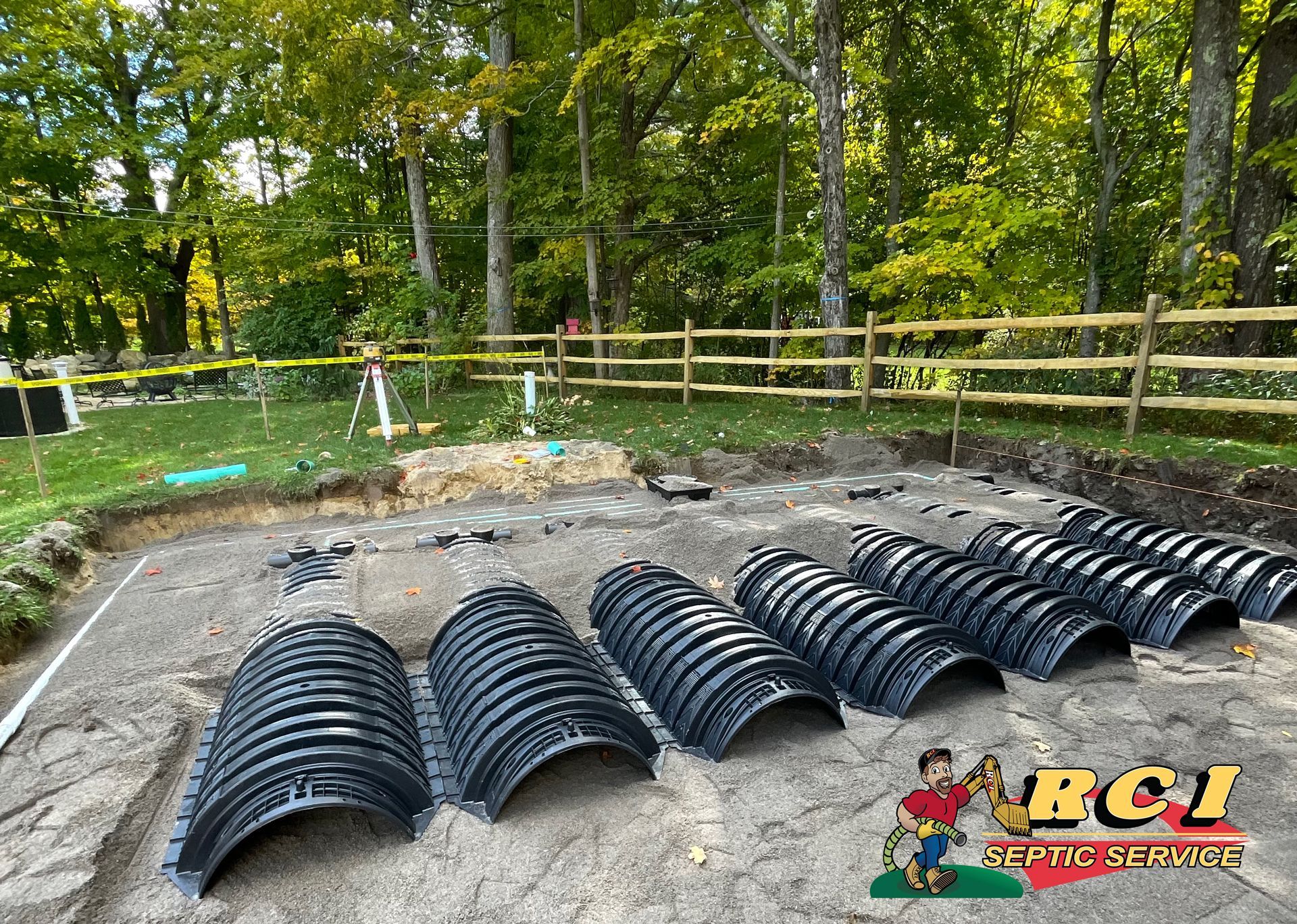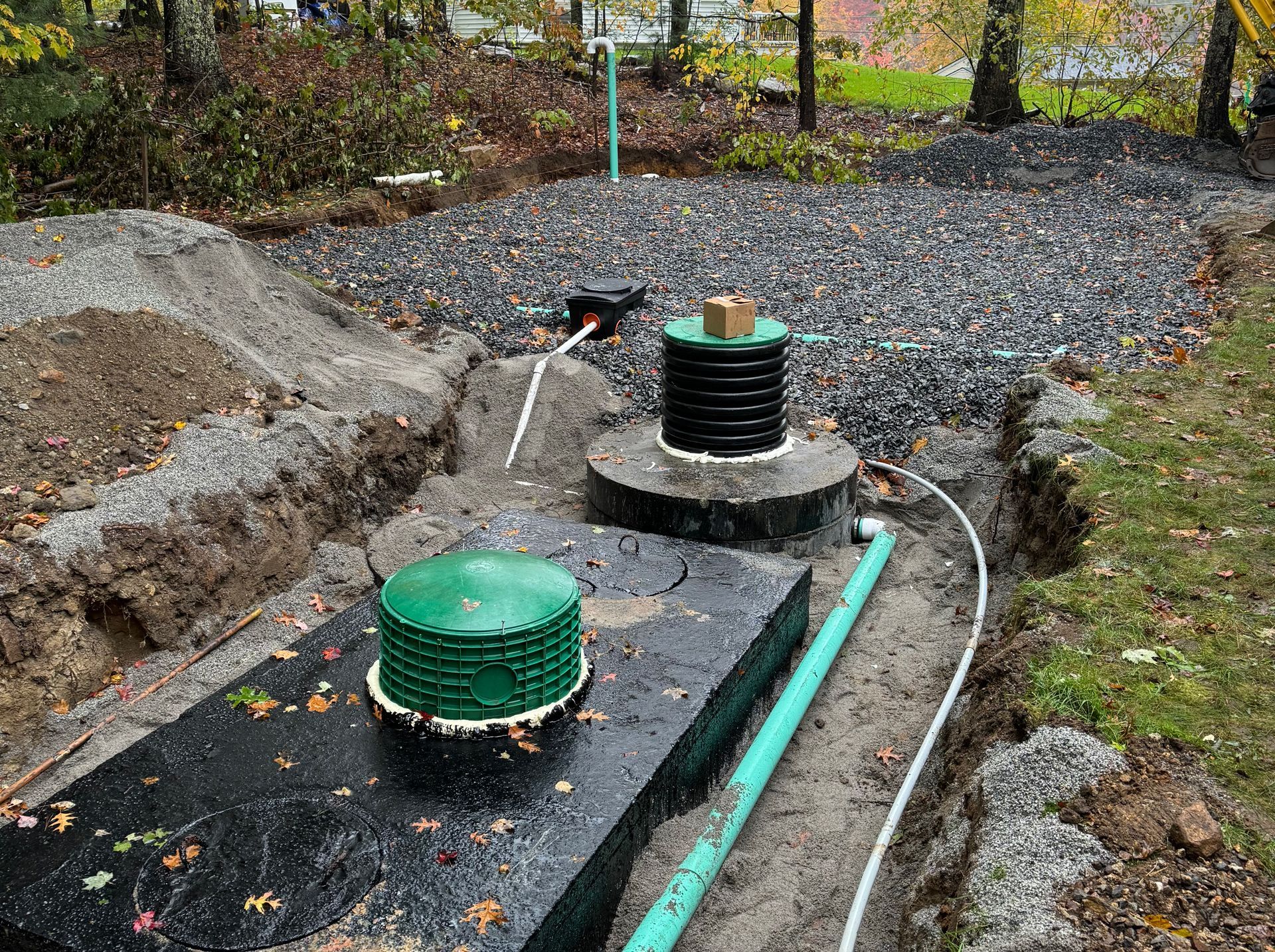Septic Ejector Pump: A Comprehensive Guide to Function and Maintenance
A septic ejector pump is a vital component for homes with below-grade plumbing fixtures, like basement bathrooms, where gravity alone can’t move waste to the main sewer line. This guide will explain how these pumps work, why they’re essential, and how to maintain them for long-term use.
Key Takeaways
- Septic ejector pumps are critical for homes with below-grade plumbing fixtures, as they efficiently lift wastewater to the main sewer line, preventing clogs and odors.
- Proper installation and routine maintenance are essential for the effective operation of septic ejector pumps, with professional assistance recommended for compliance with local building codes.
- When selecting a septic ejector pump, consider factors such as flow rates, head height, and brand reputation to ensure reliable performance and longevity.
Understanding Septic Ejector Pumps
Septic ejector pumps are integral to wastewater management systems, particularly in homes with basements or below-grade plumbing fixtures. These powerful devices lift wastewater from lower levels to the main sewer line, ensuring proper drainage when gravity alone cannot suffice. Imagine a basement bathroom where gravity fails to transport waste upwards; this is where the ejector pump steps in, making otherwise unfeasible plumbing setups entirely possible.
Typically housed in a sump basin below the home’s grade, these pumps operate similarly to sump pumps but are tailored to handle raw sewage and solid waste materials. The necessity of a sewage ejector pump becomes evident when considering the alternative—without it, waste would accumulate in lower plumbing fixtures, leading to clogs and unpleasant odors.

What Is a Septic Ejector Pump?
A sewage ejector pump is specifically designed to move sewage water uphill from below the sewer or septic line. Unlike sump pumps that deal with groundwater, sewage ejector pumps handle raw sewage and solid waste materials, making them essential for homes with lower-level plumbing fixtures. These pumps are crucial for transporting wastewater from basement toilets and greywater systems to higher drainage points.
Typically residing in a below-grade sump basin, a sewage ejector pump must lift waste upward, a feat gravity alone cannot achieve. They function similarly to sump pumps but are engineered to handle the unique challenges posed by sewage, including those managed by grinder pumps.
Whether it’s the basement bathroom or a lower-level laundry room, these pumps ensure that waste is efficiently lifted to the outlet pipe leading to the main sewer line, maintaining a sanitary environment.
How Does a Septic Ejector Pump Work?
The operation of a septic ejector pump is straightforward yet ingenious. Activated by a float device that detects when wastewater reaches a specific level in the sump basin, the pump then pushes the sewage vertically, sometimes up to 30 feet, to the main sewer line.
This mechanism ensures that even in the absence of gravity, waste is efficiently transported out of your home, preventing backups and foul odors.
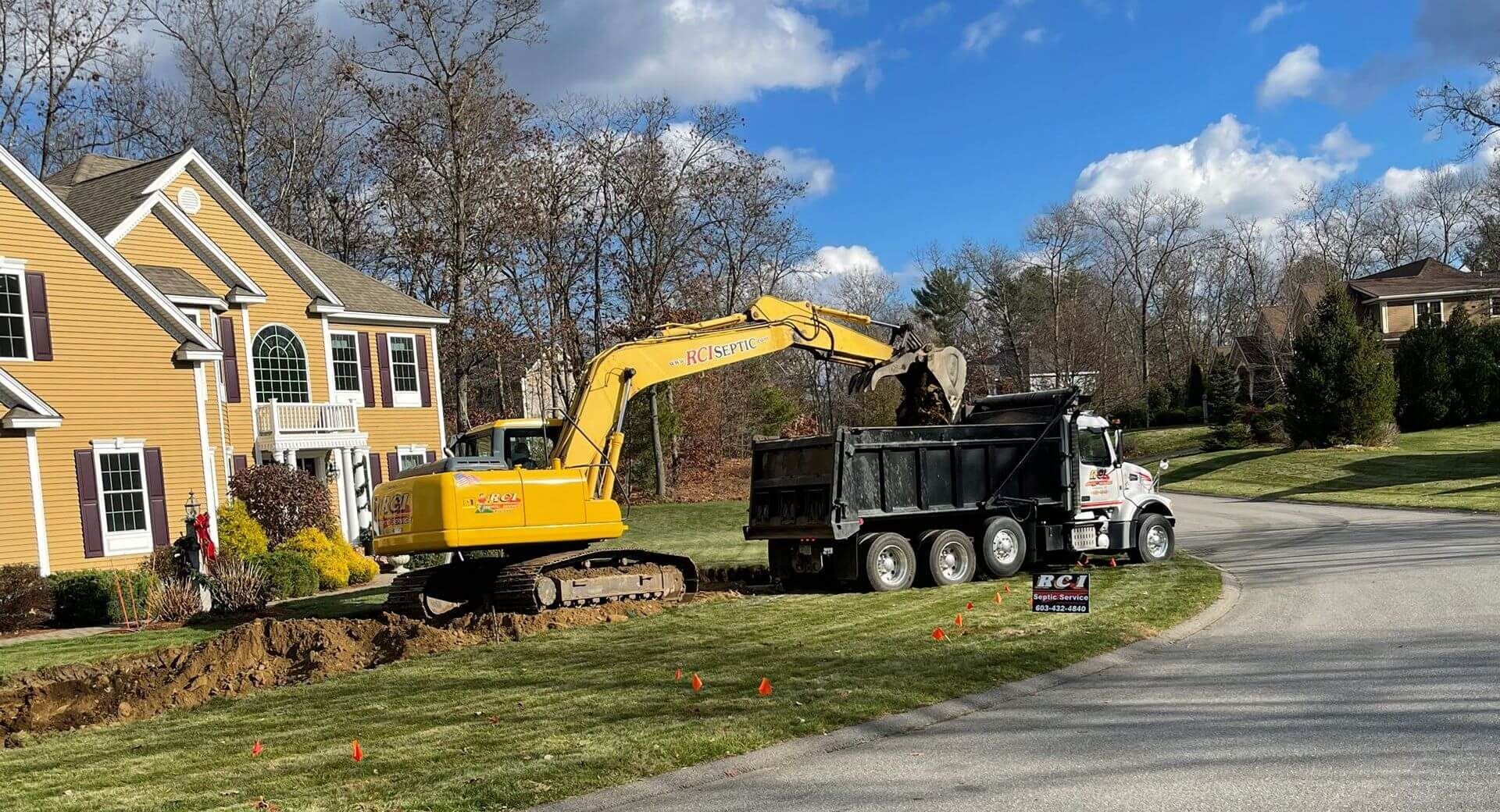
Importance of Septic Ejector Pumps in Homes
The significance of septic ejector pumps in homes cannot be overstated, especially for those with basements or below-grade plumbing fixtures. These pumps are essential for lifting wastewater to higher drainage points, making them indispensable for homes with lower plumbing systems.
Without them, sewage backups and unsanitary conditions would become common, disrupting the functionality and safety of your home’s plumbing system.
Common Applications
Septic ejector pumps are crucial in scenarios where at least one bathroom or plumbing fixture is located below the grade level. Homes with basement bathrooms, laundry rooms, or any other below-ground plumbing setups rely on these pumps to move wastewater upwards and out of the home.
They are also commonly used in homes with septic drain-field systems, particularly in rural areas where the septic drainage field is situated above the home. By ensuring efficient waste removal, these pumps minimize foul odors and contamination risks, maintaining a healthy living environment.
Benefits
The benefits of installing a septic ejector pump are manifold. Without one, waste can accumulate in lower plumbing fixtures, leading to clogs and unpleasant odors. A well-functioning ejector pump system, consisting of a holding tank that directs waste to the main sewer line, prevents blockages and ensures a sanitary environment.
These systems are particularly beneficial in homes with septic drain-field systems, especially in rural areas.
Installation Requirements and Considerations
Installing a septic ejector pump involves specific requirements and considerations that homeowners must be aware of. Adhering to local building codes, obtaining necessary permits, and ensuring the system is installed correctly are crucial steps in the process.
The complexity of installation underscores the importance of professional involvement to guarantee compliance and functionality.
Local Building Codes and Permits
Before installing a septic ejector pump, it’s essential to verify local plumbing codes and obtain the necessary permits from the local building department. Hiring a licensed plumber ensures that the installation complies with local regulations, preventing any future legal or functional issues.
Compliance with building codes not only ensures the safety and efficiency of the system but also secures your investment in the long run.
Professional Installation
Professional installation of septic ejector pumps is highly recommended. A licensed plumber brings expertise and knowledge, ensuring that the pump is installed correctly and functions optimally. Professional installation mitigates the risk of errors that could lead to costly repairs or inefficient operation.
Whether for residential or commercial applications, having a professional handle the installation guarantees peace of mind.
System Components
The components of a septic ejector pump system include a sump basin, a sealed top, a check valve, and an existing vent to equalize pressure and vent sewer gases. The sump pump basin, where the pump is housed, is placed below the home’s grade and is sealed to prevent odors and contamination from escaping.
The check valve prevents backflow into the sump basin, ensuring efficient operation. These components work together to create a reliable and efficient system for managing wastewater.
Maintenance and Troubleshooting
Proper maintenance and troubleshooting are essential for the longevity and efficiency of septic ejector pumps. Regular maintenance tasks and timely troubleshooting can prevent operational issues and extend the lifespan of the pump.
An alarm system included in some models can signal operational issues, helping to address problems before they escalate.
Routine Maintenance Tasks
Routine maintenance tasks for a septic ejector pump include checking the oil level, testing the pump operation, and cleaning the casing. Regularly inspecting and removing any debris or toilet paper that may obstruct the float switch can prevent operational issues. Pouring two to three gallons of clean water into the basin to test the pump’s functionality is a simple yet effective maintenance task.
Regular professional service and annual inspections can help extend the lifespan of the pump.
Common Problems and Solutions
Common problems with septic ejector pumps include:
- Clogs in the pump impeller or motor body, which can lead to malfunctions
- A clogged discharge line, which can prevent proper pumping
- A malfunctioning float switch, which may cause the pump to run continuously without shutting off
Regularly inspecting and cleaning the pump impeller and motor body can prevent these issues and ensure efficient operation.
When to Call a Professional
Persistent bad odors or sewage backups are signs that professional help is needed. If an ejector pump fails, it’s crucial to stop using all plumbing and call a plumber immediately. Sewage ejector pump maintenance should generally be handled by professionals, especially for complex tasks like bearing assembly replacements.
Seeking professional assistance ensures that any issues are addressed promptly and effectively.
Cost Considerations
Understanding the cost considerations associated with septic ejector pumps is essential for homeowners. The initial costs of purchasing and installing a pump, as well as ongoing maintenance expenses, can vary significantly.
Initial Costs
The price of a sewage ejector pump can range from $150 for basic plastic models to $2,000 for high-end cast-iron units. Labor costs for installing a standard sewage ejector pump range from $650 to $1,200, depending on the job’s complexity. The average cost for installing an ejector pump is between $850 and $3,800.
Investing in a septic ejector pump can also enhance property value by transforming underutilized areas into functional spaces.
Ongoing Maintenance Costs
Regular maintenance is crucial for the performance and longevity of septic ejector pumps. Routine tasks include checking oil levels, testing pump operation, and cleaning the pump casing. Annual professional inspections typically cost between $100 and $200.
Monthly operational expenses can vary, averaging between $30 and $60 depending on usage.
Choosing the Right Septic Ejector Pump
Selecting the appropriate septic ejector pump for your home is crucial for effective wastewater management. Understanding the different types of pumps and their features can help you make an informed decision.
Types of Septic Ejector Pumps
Sewage ejector pumps are designed to handle raw sewage, capable of managing solids up to two inches in diameter. A sewage pump and sewage pumps are also essential for high head effluent pumps used in aerobic septic systems and can handle treated wastewater.
Standard sewage ejector pumps are ideal for homes that need to transport raw sewage, while high head effluent pumps are better suited for aerobic treatment systems.
Key Features to Look For
When selecting a septic ejector pump, consider the pump’s flow rates and total dynamic head as critical factors. These features determine how efficiently the pump can handle the wastewater load and the height it needs to push the wast
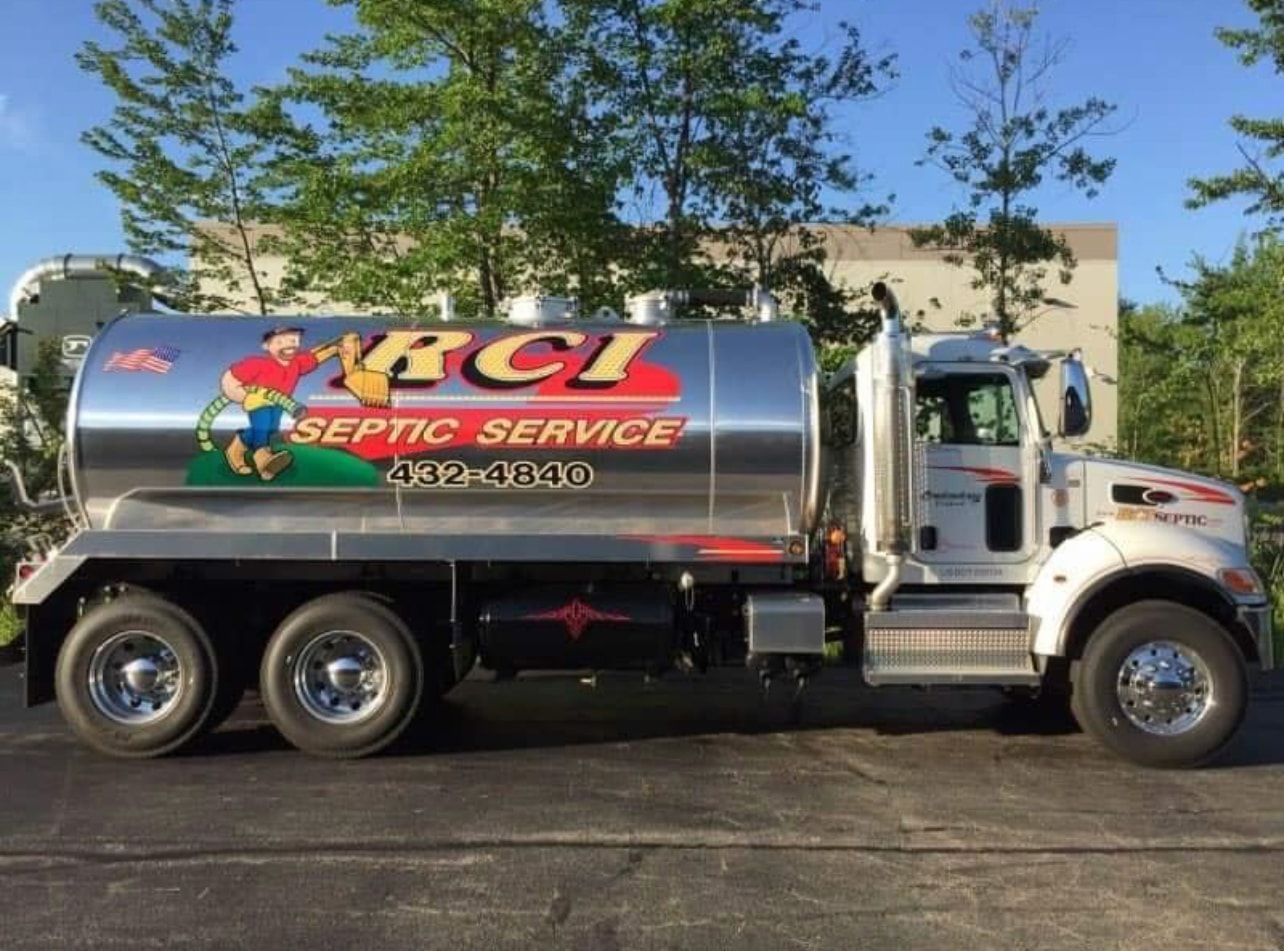
RCI Septic Service: Your Trusted Partner
RCI Septic Service has established itself as a trusted partner in septic system maintenance and installation. With significant expertise and a commitment to customer satisfaction, RCI Septic Service ensures that your septic needs are met with professionalism and care.
Our Expertise
Operating for over 25 years, RCI Septic Service brings a wealth of experience to the table. The team, including owner Rich, his son Kyle, and his wife Carolyn, emphasizes providing reliable, efficient, and tailored septic solutions to ensure peace of mind for homeowners.
Serving Southern New Hampshire and its surrounding areas, RCI Septic Service is dedicated to maintaining the functionality of septic systems.
Services Offered
RCI Septic Service offers a range of services tailored to individual homeowner needs. From septic tank pumping to installation and repair services, RCI ensures that your septic system operates efficiently and effectively. Their comprehensive service offerings help homeowners maintain functionality and avoid costly issues.
Contact Us
For all your septic system needs, RCI Septic Service is just a call away. Homeowners can reach RCI Septic Service at 603-432-4840 for inquiries and assistance with their septic systems.
Whether you need a routine inspection, emergency repair, or new installation, our team is ready to help. Visit our website or give us a call to learn more about our services and how we can assist you in maintaining a healthy septic system.
Summary
Septic ejector pumps are essential for homes with below-grade plumbing fixtures, ensuring efficient wastewater management and preventing backups. Understanding their function, installation requirements, maintenance, and costs can help you make informed decisions. By choosing the right pump and maintaining it properly, you enhance the functionality and sanitation of your home. Trust RCI Septic Service for all your septic needs to ensure peace of mind and a smoothly operating system. Ready to take the next step? Contact us today!
Frequently Asked Questions
What are the main components of a septic well system?
Septic ejector pumps are primarily utilized in homes with basement bathrooms or below-ground plumbing fixtures to effectively transport wastewater to the main sewer line. This ensures proper drainage and prevents potential sewage backup in lower levels of the home.
How often should I perform maintenance on my septic ejector pump?
To ensure optimal performance, it is recommended to perform routine maintenance on your septic ejector pump regularly, with professional inspections at least once a year.
What are the signs that my septic ejector pump needs professional repair?
Signs that your septic ejector pump requires professional repair include persistent bad odors, sewage backups, and the pump running continuously without shutting off. Addressing these issues promptly is essential to prevent further complications.
What initial costs should I expect for installing a septic ejector pump?
You should expect initial costs for a septic ejector pump to range from $1,000 to $5,800, including the pump itself and installation. The final price will depend on the specific requirements of your system.
Why should I choose a reputable brand for my septic ejector pump?
Choosing a reputable brand for your septic ejector pump ensures reliability, efficiency, and quality customer support, resulting in lower maintenance costs and enhanced performance. Investing in a trusted brand ultimately saves you time and money in the long run.
